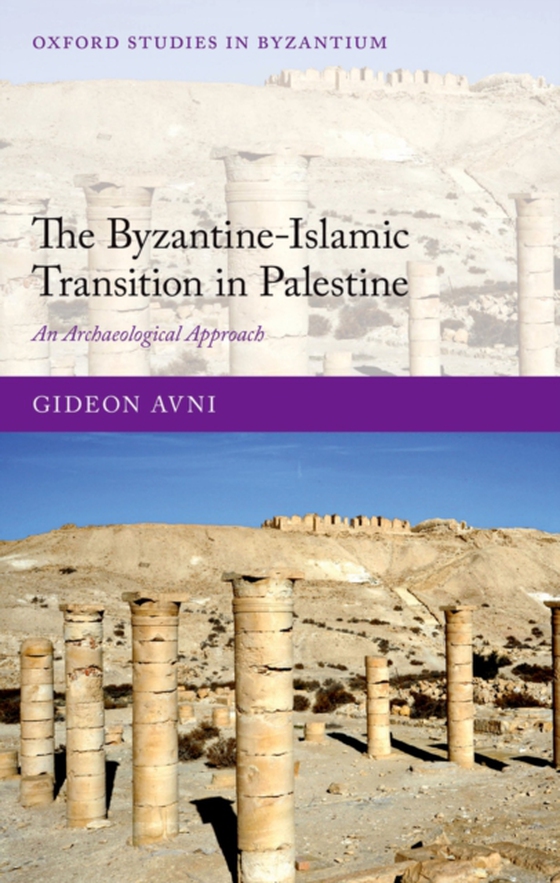
Byzantine-Islamic Transition in Palestine e-bog
1094,57 DKK
(inkl. moms 1368,21 DKK)
Using a comprehensive evaluation of recent archaeological findings, Avni addresses the transformation of local societies in Palestine and Jordan between the sixth and eleventh centuries AD. Arguing that these archaeological findings provide a reliable, though complex, picture, Avni illustrates how the Byzantine-Islamic transition was a much slower and gradual process than previously thought, an...
E-bog
1094,57 DKK
Forlag
OUP Oxford
Udgivet
30 januar 2014
Genrer
1FBJ
Sprog
English
Format
pdf
Beskyttelse
LCP
ISBN
9780191507342
Using a comprehensive evaluation of recent archaeological findings, Avni addresses the transformation of local societies in Palestine and Jordan between the sixth and eleventh centuries AD. Arguing that these archaeological findings provide a reliable, though complex, picture, Avni illustrates how the Byzantine-Islamic transition was a much slower and gradual process than previously thought, and that it involved regional variability, different types of populations,and diverse settlement patterns. Based on the results of hundreds of excavations, including Avni's own surveys and excavations in the Negev, Beth Guvrin, Jerusalem, and Ramla, the volume reconstructs patterns of continuity and change in settlements during this turbulent period, evaluating the process of change in a dynamic multicultural society and showing that the coming of Islam had no direct effect on settlement patterns and material culture of the local population. The change in settlement, stemming from internal processesrather than from external political powers, culminated gradually during the Early Islamic period. However, the process of Islamization was slow, and by the eve of the Crusader period Christianity still had an overwhelming majority in Palestine and Jordan.
 Dansk
Dansk

